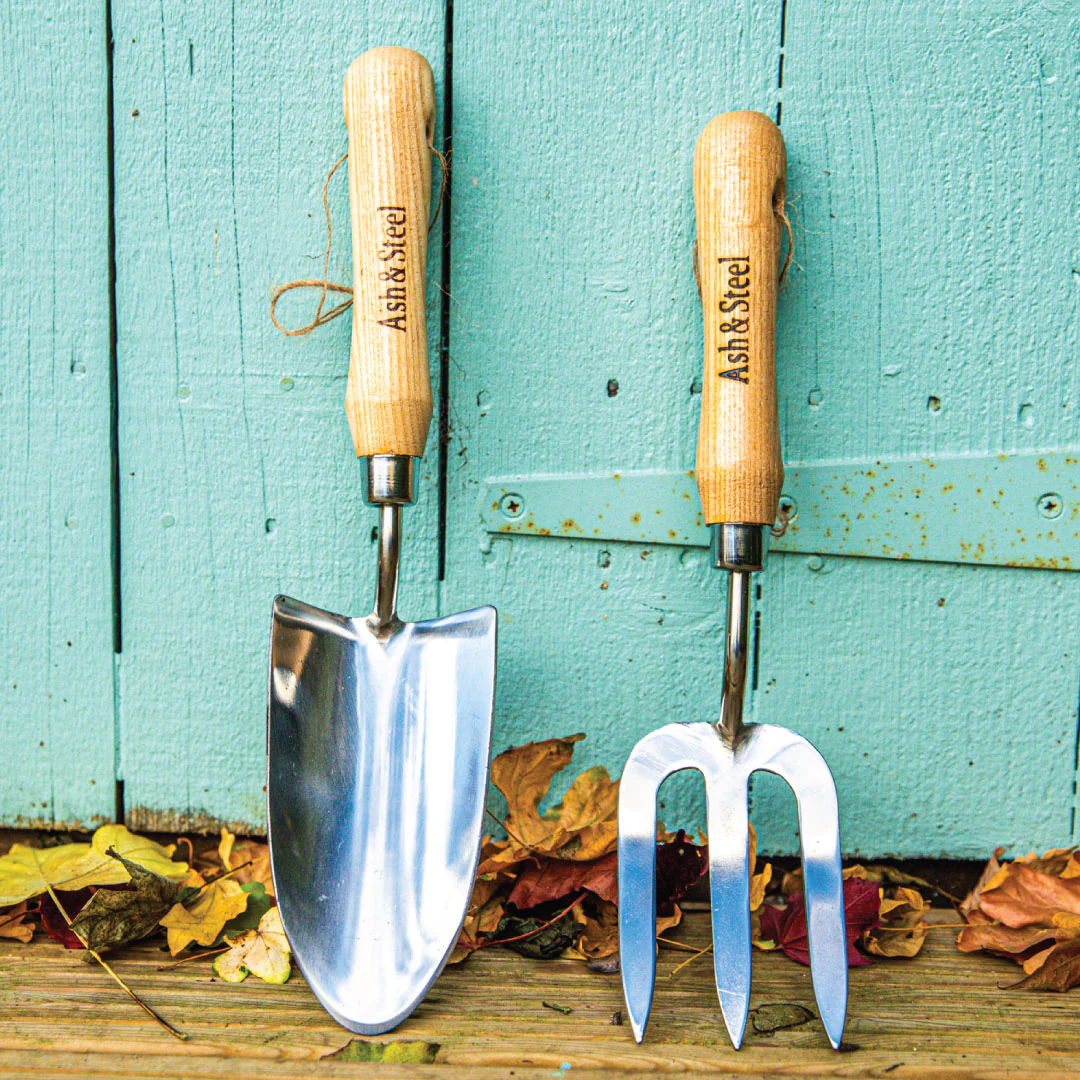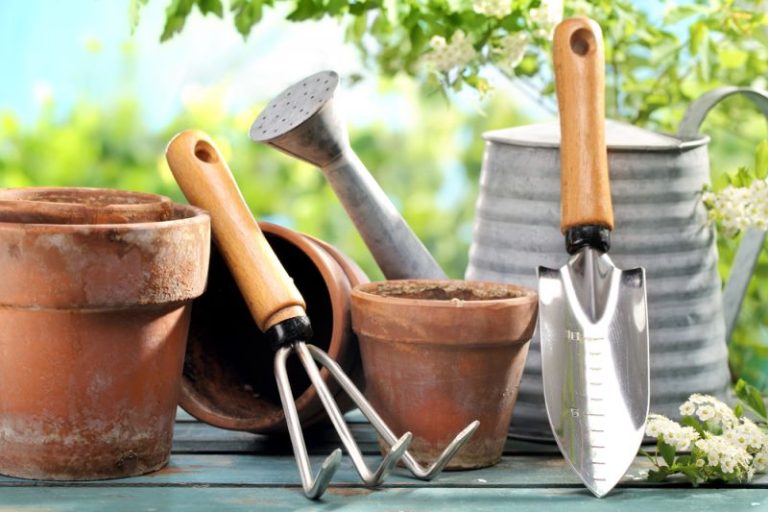
How to Clean Rusty Garden Tools
How to Clean Rusty Garden Tools: Reviving Your Yard Workhorses
Over time, exposure to the elements can cause garden tools to develop unsightly rust buildup. However, don’t discard those rusty trowels and pruners just yet! How to clean rusty garden tools?With the right techniques, you can revive and restore most rust-covered tools to like-new condition.
Why Bother Cleaning Rust?
Beyond an aged, unappealing appearance, severe rust can actually impair a tool’s function. How to clean rusty garden tools?Rust weakens metal strength, prevents smooth operation, and may cause surfaces to pit or flake. Cleaning off rust protects your tool investment by:
- • Removing corrosion that leads to warping or breakage
• Ensuring pruners and blades retain sharpness
• Allowing moving parts to operate smoothly
• Preventing rust from spreading further
With some dedicated cleaning effort, you’ll extend the usable life of rusty garden tools affordably. No need to hastily replace them!
What You’ll Need
Gather these inexpensive supplies to tackle rust removal:
- • White vinegar
• Baking soda
• An abrasive pad or steel wool
• Sandpaper (medium and fine grits)
• Lubricating oil like WD-40 or vegetable oil
• Rubber gloves
• Old rags or towels
You may also want a stiff-bristle brush, an old toothbrush, and a bucket for soaking. Having these items on-hand helps ease the scrubbing process.
Six Steps to Remove Rust
1. Soak and Scrub
First, remove any loose dirt or debris with a brush. Next, make a 50/50 solution of white vinegar and water. Submerge the rusty tools and soak for several hours. The vinegar will help dissolve rust. Use a steel wool pad to scrub off any loosened rust particles.
2. Make a Baking Soda Paste
Create a thick baking soda paste by mixing baking soda and water. Apply the abrasive paste directly onto rust spots using a rag or brush. Let it sit for 10-15 minutes to further lift rust.
3. Scrub and Rinse
Use steel wool, sandpaper, or a stiff brush to vigorously scrub away any remaining rust residue. Rinse thoroughly under running water.
4. Polish with Sandpaper
For tough rust that persists, use medium-grit sandpaper to sand down any rough, pitted areas. Once smooth, switch to a fine-grit sandpaper to polish the metal to a shine.
5. Clean and Dry
Thoroughly wipe down all surfaces using an old rag to remove any lingering rust particles or paste. Dry fully with a clean towel.
6. Protect with Oil
Finally, wipe down the derusted, clean tools with a thin layer of lubricating oil. This provides a protective coating that prevents future rust from forming.
For heavily encrusted rust that won’t budge, you may need a chemical rust removal product. Look for rust dissolvers containing oxalic or phosphoric acid. Always use these harsh chemicals carefully while wearing gloves.
Extra Rust Prevention Tips:
- • Apply a clear rust-inhibiting sealant or spray lacquer once tools are clean
• Store garden tools indoors during winter to avoid snow/rain exposure
• Wipe down tools to dry immediately after each use
• Invest in rust-resistant stainless steel tools if possible
With regular maintenance, you can keep your newly cleaned garden tools shining for seasons to come! A little elbow grease derusting beats replacing tools frequently.



